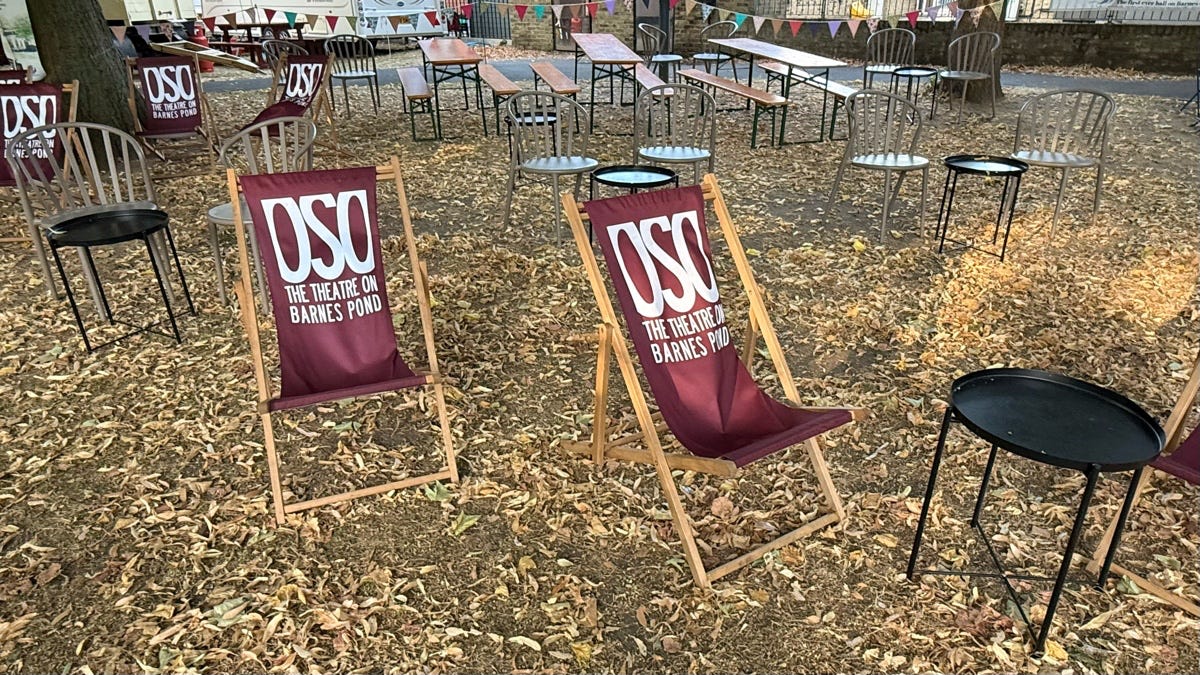Proposals for a better Barnes
This is the heart of the blog. These ideas are rooted in evidence, designed for people, and alive to the realities of climate and community alike. Together they form part one part of my Manifesto:
Principles – the ideas and values guiding this project
Proposals – specific interventions, big and small
Vision for a New Barnes - the combined effect of all the changes
This post introduces the third of these: Proposals. Over time, there will be dozens - some pragmatic, others idealistic. But all share a common purpose: to prompt neighbours, residents, politicians and policymakers to reimagine Barnes and Mortlake with people at the centre.
Global v local responsibilities
Some proposals are designed to mitigate climate change, that is to reduce the emissions driving the crisis. Encouraging a shift from driving to walking, cycling or public transport falls into this category. These are the globally responsible things to do.
Others focus on adaptation: reshaping our environment to reduce the harm that a changing climate will bring. The Community Bluescape project, for example, is about preparing locally for wetter, stormier times. These are the locally responsible choices.
Me, few or many
There’s another way to understand these proposals, one that reflects the origin of this blog.
It began as a personal search: what could I do to live more lightly, age more gracefully, and shrink my footprint? That remains part of the story. But it’s clear that many changes will need help from neighbours, from businesses, from government.
So I now think of proposals falling into three categories:
Individual: Things one person can do.
Collaborative: Projects that require small groups.
Collective: System-level solutions for society as a whole.
There are plenty of individual actions. I’ve cut back on red meat. I’ll eventually tackle my gas heating system. I need to do these. But let’s be honest: individual choices aren’t enough. We won’t solve the climate crisis with better shopping decisions alone.
The collaborative space is growing, a shift even the local council has begun to embrace with its ‘place-based’ thinking. Some projects depend on neighbours joining together. Others hinge on how one street interacts with the next. I’m looking now at a reproduction Edwardian lamppost paid for by local residents after the council offered the option. It fits with a street of late-Victorian homes protected by conservation rules. A successful collaboration.
And then there are the collective decisions. These are bigger, messier, and usually political. Whether or not Hammersmith Bridge should be fully restored? That’s a decision we all share.
his blog will have done its job if it produces proposals across all three categories. For now, I expect the breakdown to look like this:
Individual – 10%
Collaborative – 30%
Collective – 60%
I’ll revisit that forecast as we go.

